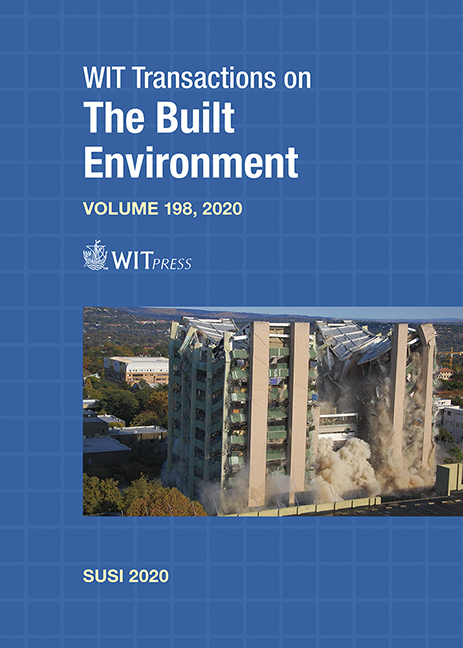STATISTICAL ANALYSIS OF BLAST WAVE DECAY COEFFICIENT AND MAXIMUM PRESSURE BASED ON EXPERIMENTAL RESULTS
Price
Free (open access)
Transaction
Volume
198
Pages
14
Page Range
65 - 78
Published
2020
Paper DOI
10.2495/SUSI200061
Copyright
WIT Press
Author(s)
SANJA LUKIĆ, HRVOJE DRAGANIĆ, GORAN GAZIĆ, IVAN RADIĆ
Abstract
Various expressions have been given in the literature for calculating blast wave parameters. Without experimental testing, it is difficult to determine which expression will predict the actual measurements more realistically. In this paper, a statistical analysis of two blast wave parameters, maximum overpressure and pressure-time diagram decay coefficient, was conducted based on field tests of the cylindrical TNT charge free-air detonation. Simple numerical simulation was also performed in order to compare the obtained maximum overpressures with the field test measurements. A comparison of the maximum free-field overpressures provided insights on the influence of the air mesh size as this proved to be a critical parameter. Statistically obtained blast wave decay coefficient and the maximum overpressure was compared with the analytical expressions given by different authors to determine the most appropriate description of experimental tests. Expressions are given depending on the scaled distance, i.e. the ratio of standoff distance to measuring sensors and cubic root of the charge mass. Expressions for blast wave parameters are used for a quick approximation of blast load for further analysis of structural elements, so their accurate determination ensures more realistic blast analysis and safer design.
Keywords
blast wave, pressure profile, decay coefficient, statistical analysis, free-air detonation





